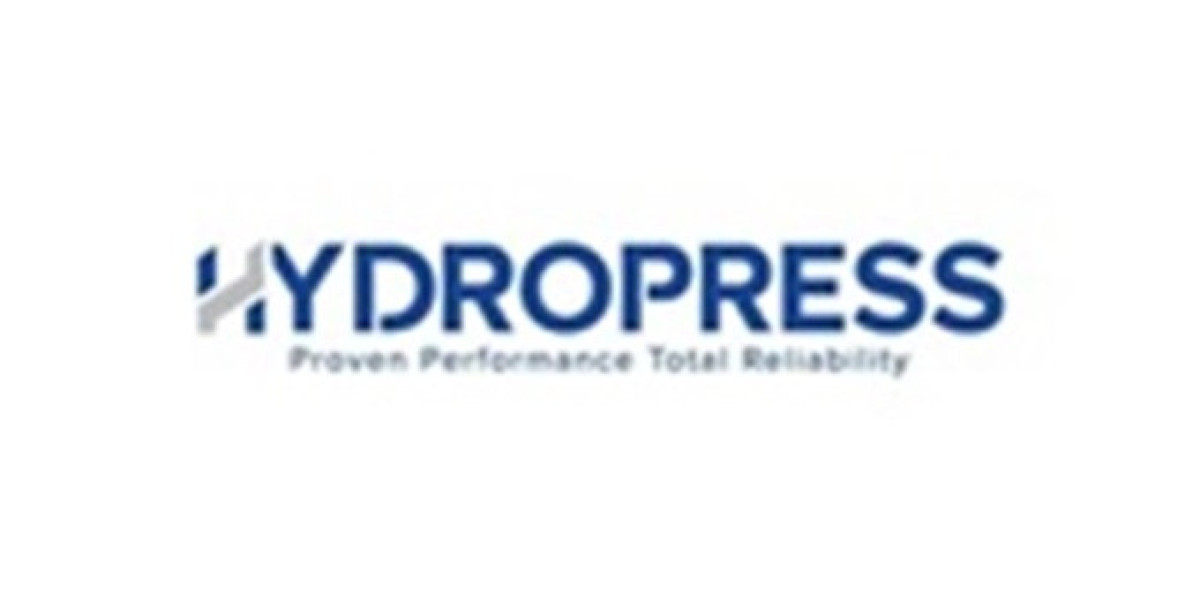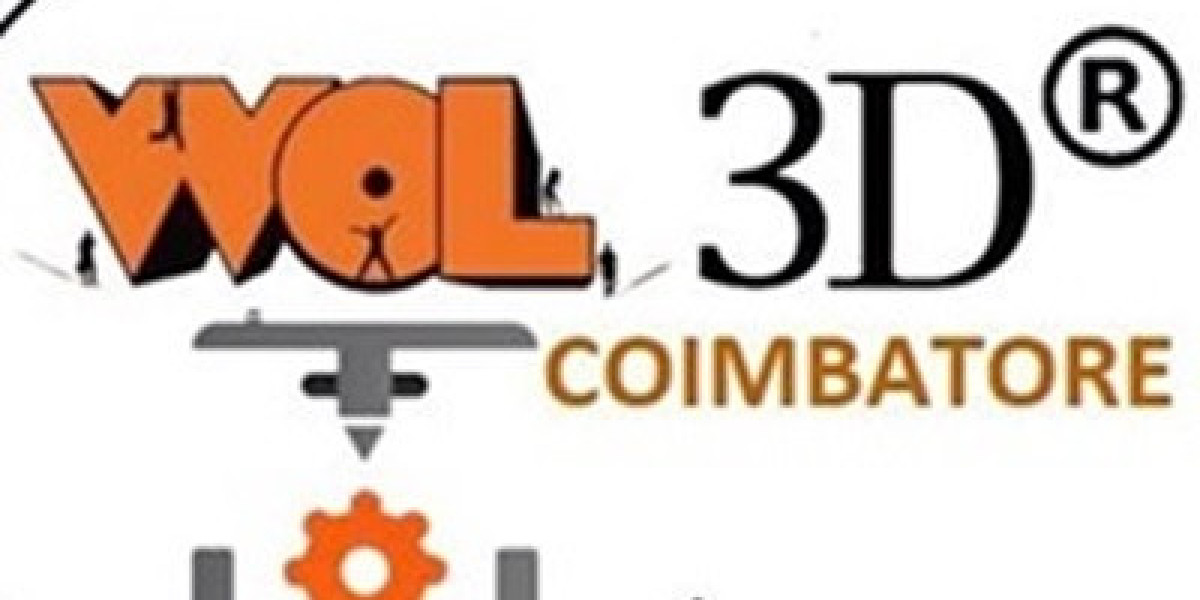Managing hazardous waste is not just a regulatory requirement; it is an essential part of ensuring safety within your workplace, protecting the environment, and maintaining your business’s reputation. Whether you run a manufacturing plant, a hospital, or a research lab, dealing with hazardous materials is often part of the business. However, failure to meet hazardous waste safety standards can lead to serious financial, legal, and environmental consequences.
In India and around the world, hazardous waste management regulations are stringent and growing more complex. Compliance is critical to avoiding penalties, fines, and other costly mistakes. But how can you know if your business is truly meeting hazardous waste safety standards? Below, we’ll explore five clear signs that suggest your hazardous waste management practices may be falling short, and what you can do to rectify them.
1. You Haven’t Conducted a Hazardous Waste Assessment
One of the first and most critical steps in ensuring that you meet hazardous waste safety standards is conducting a thorough hazardous waste assessment. Without a proper assessment, you may not fully understand the types of hazardous materials your business is handling, let alone how to store, transport, and dispose of them correctly.
Why This Matters:
Regulatory agencies, such as the Central Pollution Control Board (CPCB) in India, require businesses to regularly assess their waste management practices to identify hazardous waste types and quantities. Failing to do this can leave your business at risk of non-compliance with national and local laws, especially the Hazardous and Other Wastes (Management and Transboundary Movement) Rules, 2016.
Signs You’re Falling Short:
- You don’t have a documented waste assessment.
- Hazardous materials are not properly identified and labeled.
- Your waste disposal methods haven’t been updated in a while.
What You Can Do:
- Implement a formal hazardous waste audit that covers the identification, categorization, and volume of hazardous waste.
- Regularly review and update your waste assessment as operations change or new materials are introduced.
- Make sure that your assessment complies with national and local regulations.
2. Your Waste Disposal Methods Are Outdated or Ineffective
Once hazardous waste is identified, it must be stored, treated, and disposed of according to industry standards. Using outdated or improper disposal methods is one of the biggest signs that your hazardous waste management practices are not up to standard.
Why This Matters:
Improper disposal methods can lead to contamination of air, water, and soil, putting the environment at risk. Not only is this illegal, but it could also lead to fines, lawsuits, and severe damage to your company's reputation.
Signs You’re Falling Short:
- You’re still relying on outdated waste disposal methods, such as dumping waste without treatment.
- Hazardous waste is not being stored in compliant, secure containers.
- You aren’t tracking the disposal or recycling of waste materials properly.
What You Can Do:
- Ensure that all hazardous materials are disposed of by certified waste disposal companies who specialize in hazardous waste management.
- Use containers that are compliant with local safety and environmental regulations.
- Implement a system for monitoring and tracking waste disposal to ensure accountability.
3. Your Employees Are Not Properly Trained on Hazardous Waste Safety
No matter how stringent your hazardous waste management protocols are, if your employees are not adequately trained, those protocols will be ineffective. Employees need to know how to safely handle, store, and dispose of hazardous materials, as well as how to respond to emergencies, such as leaks or spills.
Why This Matters:
Proper training ensures that employees understand the risks associated with hazardous waste and are equipped to handle it safely. Regulatory bodies often require businesses to provide specialized training to their workforce, and failure to do so can result in penalties and serious accidents.
Signs You’re Falling Short:
- Your employees are not aware of the basic hazardous waste safety procedures.
- You haven’t conducted safety training sessions in the last year.
- There is a lack of emergency response drills for hazardous waste-related incidents.
What You Can Do:
- Implement a training program that covers the handling, storage, and disposal of hazardous waste.
- Schedule regular safety drills to ensure employees know how to respond to accidents or spills.
- Keep records of all training sessions and certifications to prove compliance.
4. You’re Not Keeping Accurate Records or Documentation
One of the most important aspects of hazardous waste management is maintaining proper documentation. Regulatory agencies often require businesses to keep detailed records of hazardous waste generation, storage, disposal, and transportation. These records serve as evidence of compliance and are crucial in case of an inspection.
Why This Matters:
Failing to maintain accurate and complete records can result in non-compliance with environmental laws. In case of an inspection by the State Pollution Control Boards or other regulatory bodies, incomplete records could lead to fines or business shutdowns.
Signs You’re Falling Short:
- Your waste disposal records are incomplete or not updated regularly.
- You cannot provide proof of hazardous waste treatment and disposal.
- You lack a system for tracking hazardous waste from generation to disposal.
What You Can Do:
- Implement a centralized system for tracking hazardous waste, including waste generation, storage, treatment, and disposal.
- Ensure that all records are complete, accurate, and easily accessible in case of an audit.
- Regularly audit your record-keeping system to ensure compliance with local and national regulations.
5. You’re Not Regularly Auditing or Reviewing Your Hazardous Waste Practices
Finally, one of the most overlooked aspects of hazardous waste safety is regularly reviewing and auditing waste management practices. Even if you have a hazardous waste management system in place, it is important to continuously review and update your practices to ensure they remain compliant with evolving regulations and best practices.
Why This Matters:
Regulations surrounding hazardous waste are subject to change, and businesses need to stay up-to-date with the latest standards. Regular audits can help identify gaps in your waste management practices and ensure that you’re taking all necessary precautions.
Signs You’re Falling Short:
- You haven’t conducted an internal audit of your hazardous waste management system in over a year.
- Your system hasn’t been updated to reflect new regulations or industry best practices.
- You have no system in place for continuous improvement of hazardous waste management.
What You Can Do:
- Schedule regular audits of your hazardous waste management system to identify areas for improvement.
- Keep up with regulatory changes and update your practices accordingly.
- Involve key stakeholders in the audit process to ensure comprehensive review and continuous improvement.
Conclusion: Taking Action on Hazardous Waste Safety
The consequences of not meeting hazardous waste safety standards can be severe, ranging from financial penalties to irreparable environmental damage. If your business exhibits any of the five signs mentioned above, it’s time to take action. By improving hazardous waste management practices, training employees, and staying on top of regulatory changes, you can mitigate risks, improve safety, and ensure that your business remains compliant with the law.
Prioritizing hazardous waste safety isn’t just about avoiding penalties; it’s about doing your part to protect the environment and the health of your employees and community. Now is the time to assess your waste management practices and make any necessary improvements to stay ahead of the curve.
FAQs
1. What are the key components of hazardous waste management?
The key components of hazardous waste management include waste identification, proper storage and labeling, safe transportation, and compliant disposal. It also includes maintaining accurate records and employee training.
2. How can businesses in India stay compliant with hazardous waste regulations?
Businesses in India can stay compliant by conducting regular hazardous waste audits, training employees, working with certified waste disposal services, and staying updated on regulations set by agencies like the CPCB.
3. Why is employee training important for hazardous waste management?
Employee training is crucial for ensuring that all staff understand the risks associated with hazardous waste and know how to handle, store, and dispose of hazardous materials safely. It also helps prevent accidents and spills.








